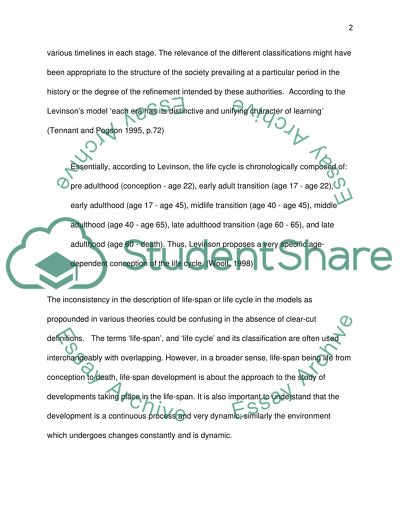Cite this document
(“Life Span Development Models and Assessment of Service Users Essay”, n.d.)
Retrieved from https://studentshare.org/sociology/1408449-life-span-development-models-and-assessment-of-service-users
Retrieved from https://studentshare.org/sociology/1408449-life-span-development-models-and-assessment-of-service-users
(Life Span Development Models and Assessment of Service Users Essay)
https://studentshare.org/sociology/1408449-life-span-development-models-and-assessment-of-service-users.
https://studentshare.org/sociology/1408449-life-span-development-models-and-assessment-of-service-users.
“Life Span Development Models and Assessment of Service Users Essay”, n.d. https://studentshare.org/sociology/1408449-life-span-development-models-and-assessment-of-service-users.


